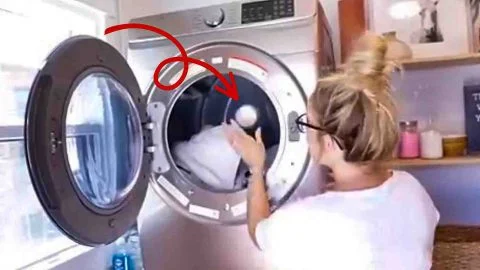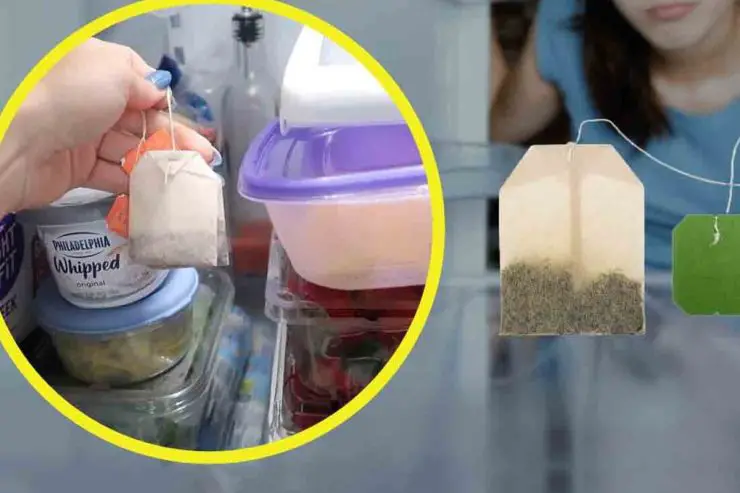Too much foam in the washing machine, how to definitively solve the problem
What to do if during a machine wash you realize that you have used too much detergent and have too much foam in the drum? Here’s how to fix it.
Very often it happens that when you wash clothes and, once the washing cycle is finished, you find excessive soap and suds residue in the drum or on your freshly washed clothes. This can happen when you use too much detergent compared to the load or due to detergents that foam too much.
Causes of excess foam in the washing machine
Obviously, if at the end of the wash you find too much foam in the drum, this should not be considered a positive thing. If you use too much detergent compared to the number of clothes placed in the drum, too much suds will be created during washing. And if suds persist in the drum after the wash is finished, it’s very likely, if not certain, that the detergent itself has not been properly rinsed from the freshly washed clothes.
Excessive use of soap does not guarantee better cleaning. On the contrary, if it stays on your clothes, once you put it on you may experience itching due to the contact of the unrinsed detergent with the skin.
Additionally, using too much soap can also cause problems for the washing machine as well as your clothes, with the risk of clogging drain pipes. So how can we remove excess foam and prevent the problem from arising?
How to solve the problem?
When you realize that the washing machine drum is really too full of suds, the first way to act is to use fabric softener . It seems contradictory, but the surfactants present in this type of products are of the opposite type to those present in detergents. This means that if the two surfactants come into contact, they cancel each other out. For this reason, the detergent and fabric softener have two separate compartments in the detergent door.
In addition, an excess of detergent could stain the clothes , as it is not rinsed correctly, and ends up performing the opposite function to what it is used for.
Another problem linked to excessive use of detergent is that it can damage clothing, even permanently, causing small holes in the fabric or wearing out some parts. Another drawback caused by excessive use of detergent is bad odor . By not being perfectly rinsed, the clothes can give off a bad smell, as can the drum itself. Generally, detergents indicate the appropriate doses for different types of washing, it would be advisable to follow the instructions and not exceed them.
How to remove excess foam from the washing machine
If the best solution for laundry is fabric softener or new laundry, for the washing machine drum there are several methods that can be used. One of the best known involves the use of coarse kitchen salt.
To put it into practice, simply pour the coarse kitchen salt into the detergent compartment . Alternatively, it is possible to interrupt the washing program in progress, open the washing machine door and sprinkle a handful of coarse salt directly into the basket and then restart the program from where you left it.
In addition to helping against excess foam, coarse salt has a cleaning action , is an excellent stain remover for clothing, has a softening function on fabrics and also prevents the formation of limescale. It can also help remove dirt residue that accumulates in the joints.
Another valid alternative is the use of white vinegar . In this case, it will be enough to fill the detergent drawer with vinegar and then start the wash in rinse mode. The vinegar will go into action by absorbing the foam and neutralizing the detergent residue. It is also an excellent ally for clothes: it will soften them and neutralize unpleasant odors. Vinegar is also suitable for use directly in the drum, especially for general washing machine cleaning. In this case the procedure must be carried out with the washing machine empty.
. It is necessary to pour approximately 1 liter of vinegar directly into the drum and then start a wash at 90°. This way the basket will be sanitized and free of bad odors.
For a more thorough cleaning, remember to clean the gasket well with a damp cloth to remove any soap residue.






